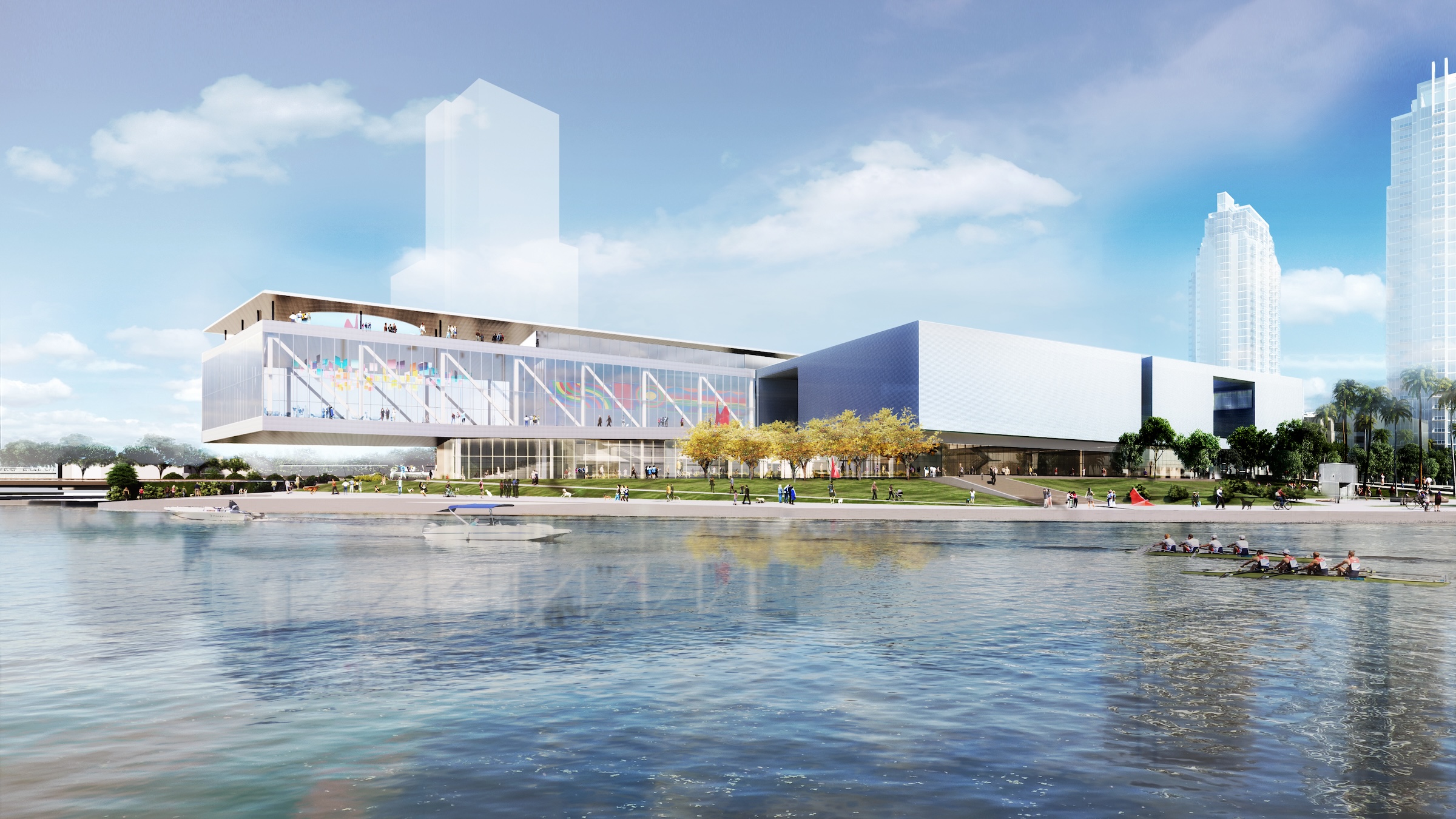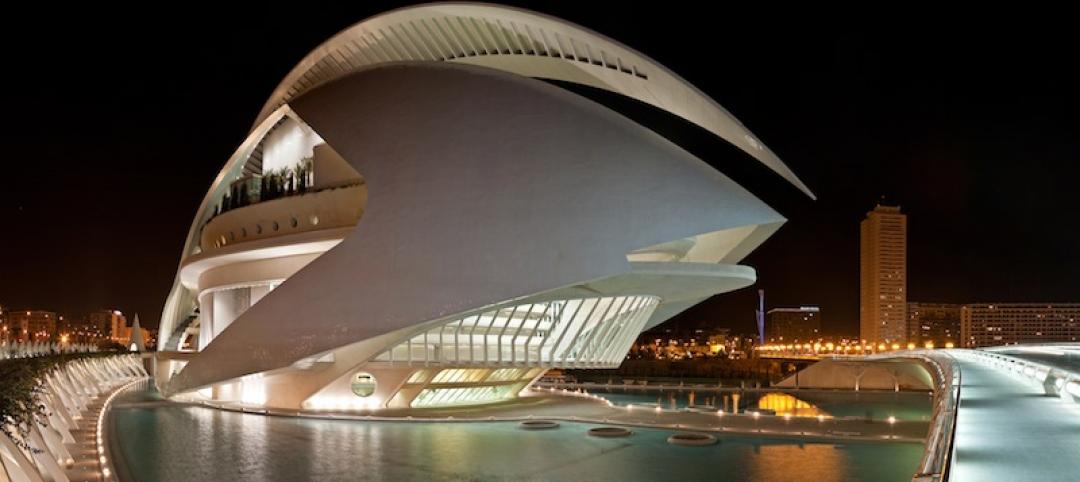In Tampa, Fla., the Tampa Museum of Art will soon undergo a 77,904-sf Centennial Expansion project. The museum plans to reach its $110 million fundraising goal by late 2024 or early 2025 and then break ground.
Designed by Weiss/Manfredi, and with construction manager The Beck Group, the expansion will redefine the museum’s surrounding site. It will create new riverfront public terraces, sculpture parks, redesigned entrance plazas, outdoor dining, and improved dog parks.
Continuing Tampa’s Riverwalk, a sloped walk will direct pedestrians from the museum’s ground-floor level to the river, creating a seamless public experience around the museum and park. The ground-floor terrace will feature new native planting and shade trees. Adjacent to the Museum’s indoor auditorium, an outdoor amphitheater will offer a shaded gathering space.
The project will enhance the visitor experience with a new grand lobby. With an 18-foot ceiling, the new first-floor area will provide exhibition space within view of a new full-service restaurant with indoor and outdoor dining. Almost 12,000 sf will be dedicated to a newly covered entrance, lobby, store, and restaurant.
The 150-seat auditorium will overlook the Hillsborough River. With a green room, sprung floor, projectors, AV system, and theatrical lighting, the auditorium can accommodate a range of events, including lectures, recitals, film screenings, and multimedia performances. Lined with acoustic wood panels, the space will be acoustically isolated from the event space above.
Museum to feature flexible event space
With a 30-foot ceiling equipped with a flexible AV and lighting system, the large event space can host various exhibition and event configurations. It can shift from a flexible digital gallery space to a private event space.
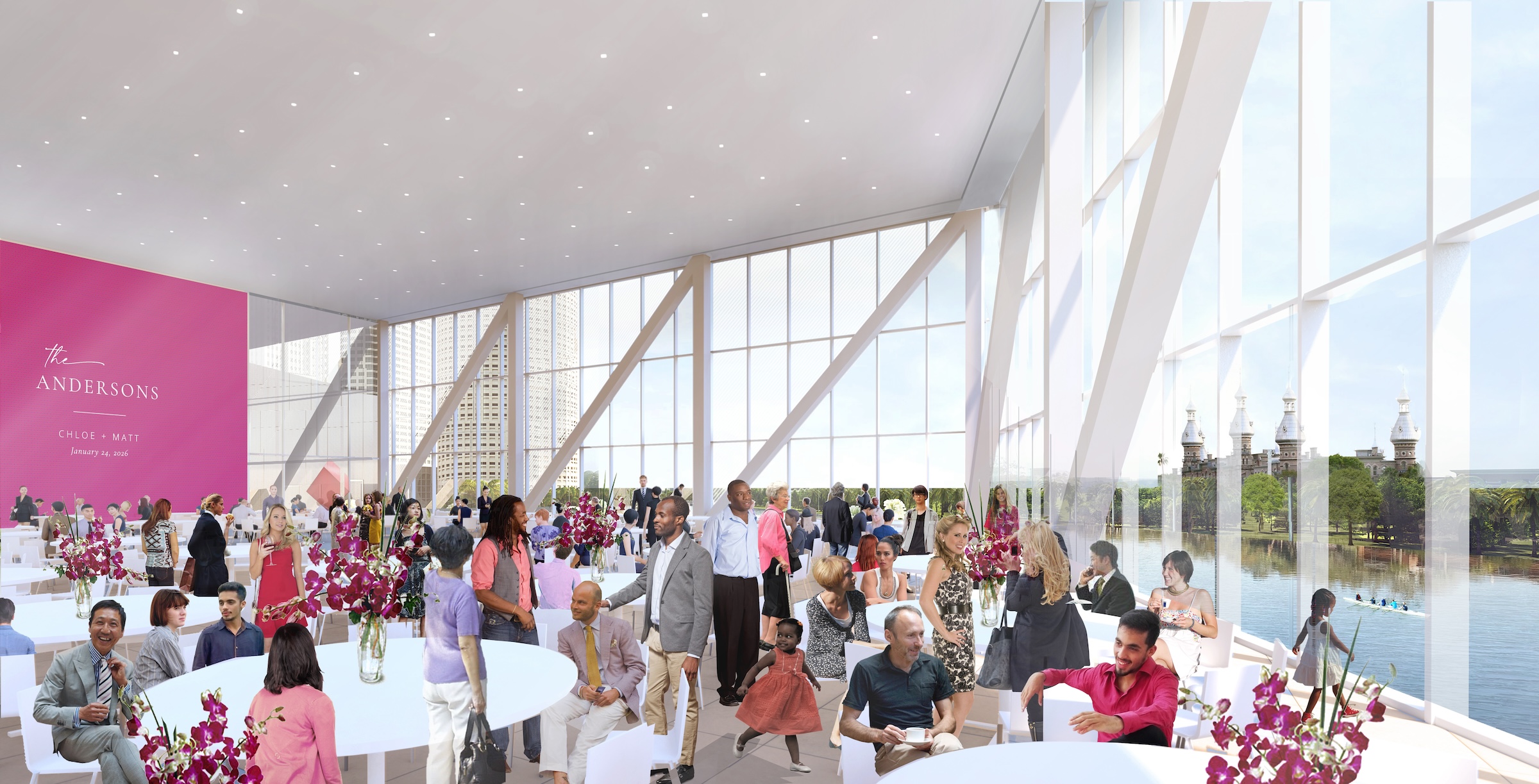
On the fourth-floor rooftop, the interior space will house a flexible bar and accommodate a 100-person gathering. The interior rooftop area also will have a demonstration/test kitchen for culinary arts classes.
“Tampa Bay is growing by leaps and bounds, and we want the museum’s offerings to keep pace with the demands of our region well into the future,” Jamie Winderbaum Fernandez, board chair of the Tampa Museum of Art, said in a statement.
The expansion project follows the museum’s Centennial Renovation, completed last year. That project increased gallery and education space.
On the Building Team:
Owner: Tampa Museum of Art
Owner’s representative: Ellison Advisors, LLC
Design architect and architect of record: Weiss/Manfredi
MEP/FP engineer: TLC Engineering
Structural engineer: MKA
Construction manager: The Beck Group
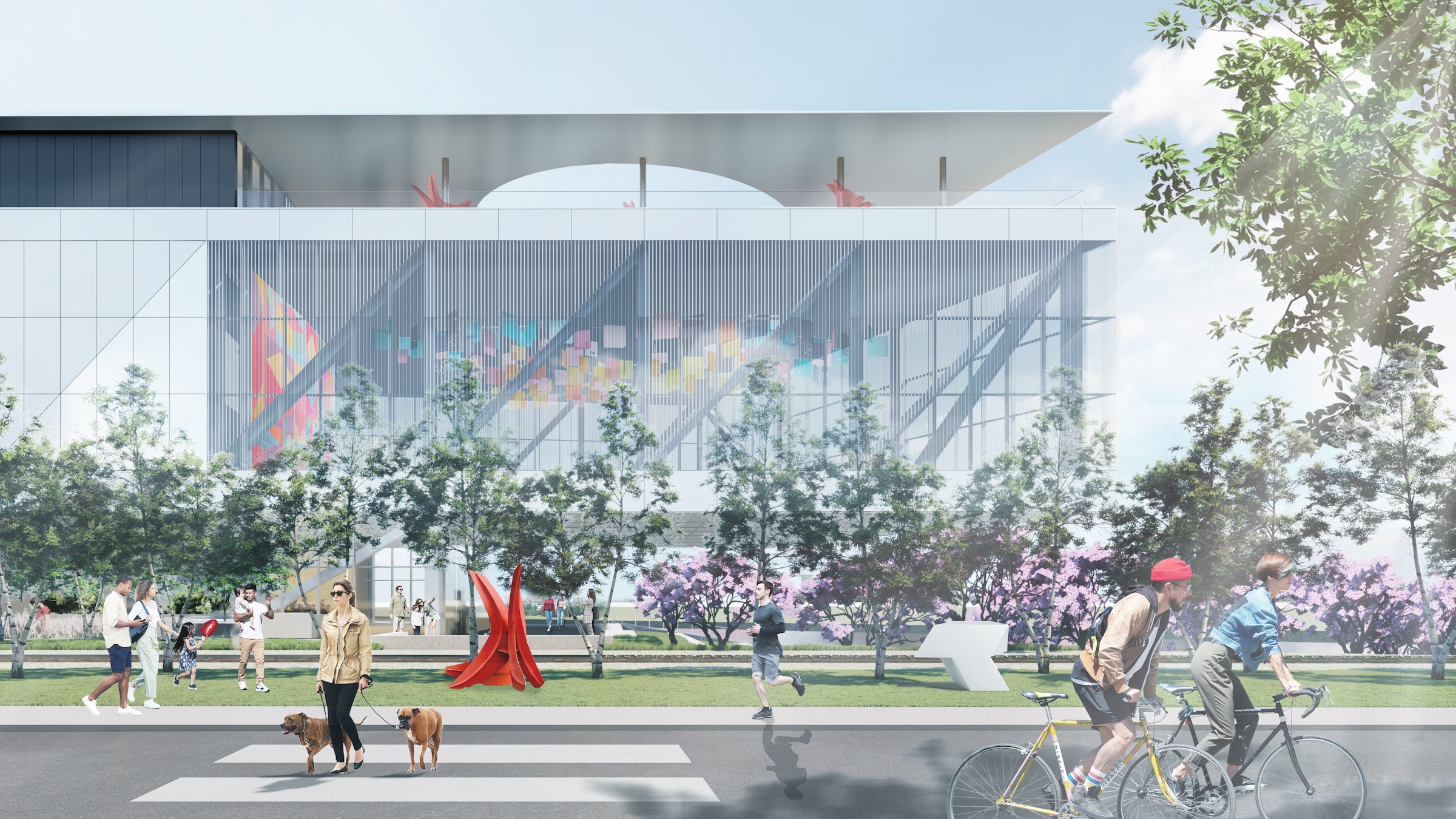
Here is the full press release from The Beck Group:
The Tampa Museum of Art announced today they have selected The Beck Group to manage the construction of the Museum’s Centennial Expansion project.
An architecture and construction firm with offices in the U.S. and Mexico, Beck has managed the construction of many prominent cultural institutions. These include the Nasher Museum of Art at Duke University, the Nasher Sculpture Center in Dallas, and the Salvador Dali Museum in St. Petersburg. Beck has been in Tampa for more than 30 years. Its deep portfolio includes The James Museum and multiple projects at the Universities of Tampa and South Florida.
The Museum is funding the ambitious 77,904-square-foot expansion project through its ongoing Centennial Campaign, a comprehensive construction and endowment effort anchored by a $25 million lead gift from Dick Corbett. The Museum intends to reach its $110 million fundraising goal by late 2024 or early 2025, after which the institution will break ground. To date, generous support has been provided by individuals, families and corporations, as well as the City of Tampa, Hillsborough County, and the State of Florida.
“Our commitment to the Tampa Bay area extends beyond construction; it's about enriching communities. We take pride in shaping Tampa's downtown waterfront, exemplified by our collaboration on the Tampa Museum of Art’s Centennial Expansion,” said Ryan Toth, regional director for Beck’s Florida office.
“Tampa Bay is growing by leaps and bounds, and we want the Museum’s offerings to keep pace with the demands of our region well into the future,” said Dr. Jamie Winderbaum Fernandez, board chair of the Tampa Museum of Art. “It is a privilege to lead the Tampa Museum of Art board through this transformational project so our neighbors and visitors have access to a world-class cultural landmark.”
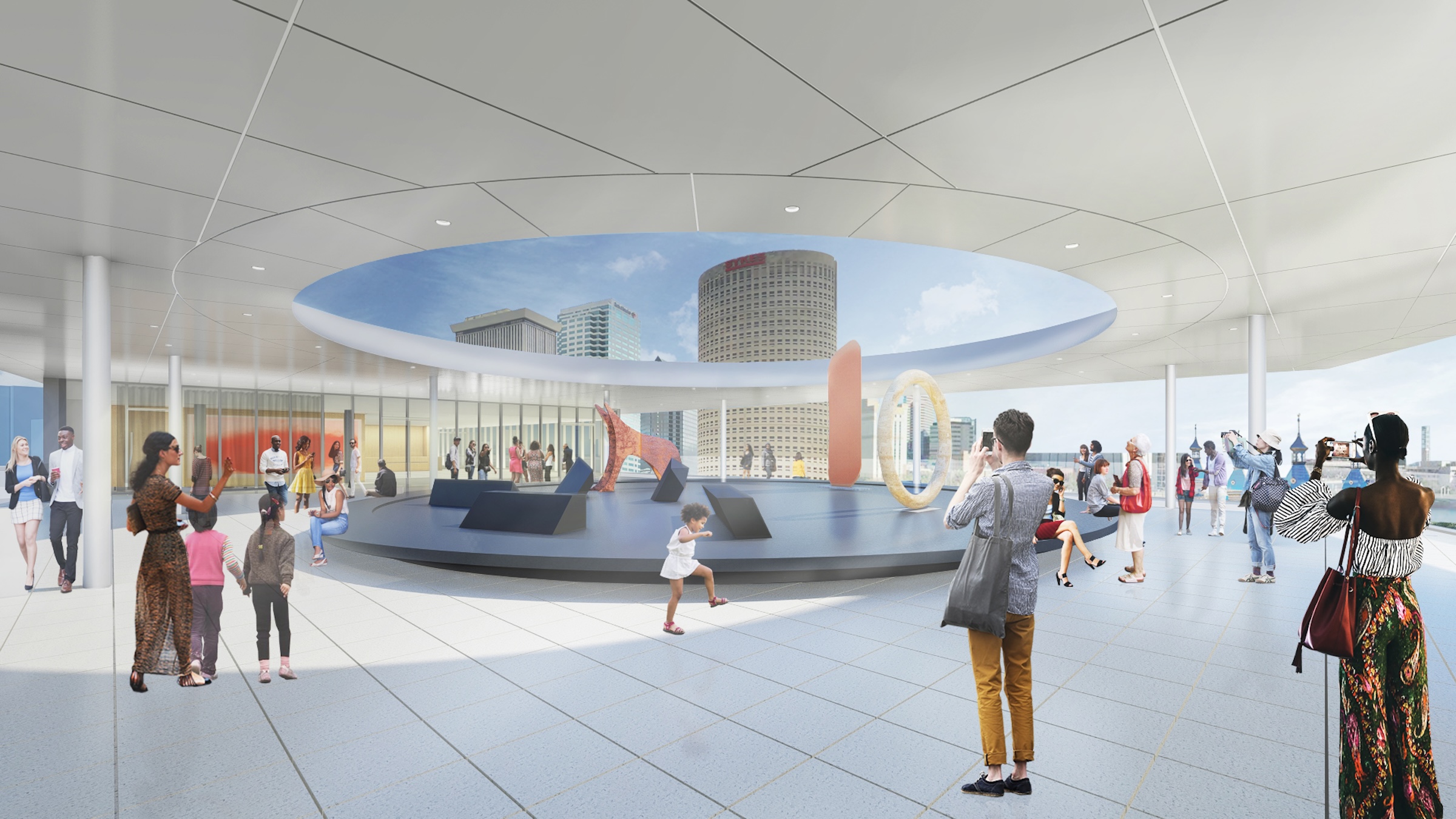
“After completing the Centennial Renovation last year, we are making full use of the increased gallery and education space for the benefit of our visitors, students, and the wider community,” said Michael Tomor, Ph.D., the Jeff and Penny Vinik Executive Director at the Tampa Museum of Art. “The Expansion project we are embarking upon will allow us to offer amenities that will drive sustainability for the Museum and ensure a lasting cultural legacy.”
The Tampa Museum of Art announced in November 2021 that the New York-based design team of WEISS/MANFREDI Architecture/Landscape/Urbanism would design the expansion. C. Samuel Ellison of Ellison Advisors, LLC will be the owner’s representative during the construction of the Museum’s expansion project.
Site Redevelopment
During the expansion project, the Museum’s surrounding site will be redefined to create new riverfront public terraces, sculpture parks, redesigned entrance plazas, outdoor dining and improved dog parks. As a continuation of Tampa’s Riverwalk, a sloped walk will bring pedestrians down to the river edge from the ground floor level. An outdoor amphitheater adjacent to the Museum’s indoor auditorium will serve as a shaded gathering place. With new native planting and shade trees, the Museum’s ground floor terrace will be accessible from the Riverwalk, creating a seamless and integrated public experience around the Museum and the park.
Grand Lobby
The new lobby will be accessible from both Curtis Hixon Park and Gasparilla Plaza. It will enhance the visitor experience with almost 12,000 square feet dedicated to a newly covered entrance, lobby, store, and restaurant. With an 18-foot ceiling height, this new first-floor space will provide ample space for exhibiting art within view of a new full-service restaurant with indoor and outdoor dining.
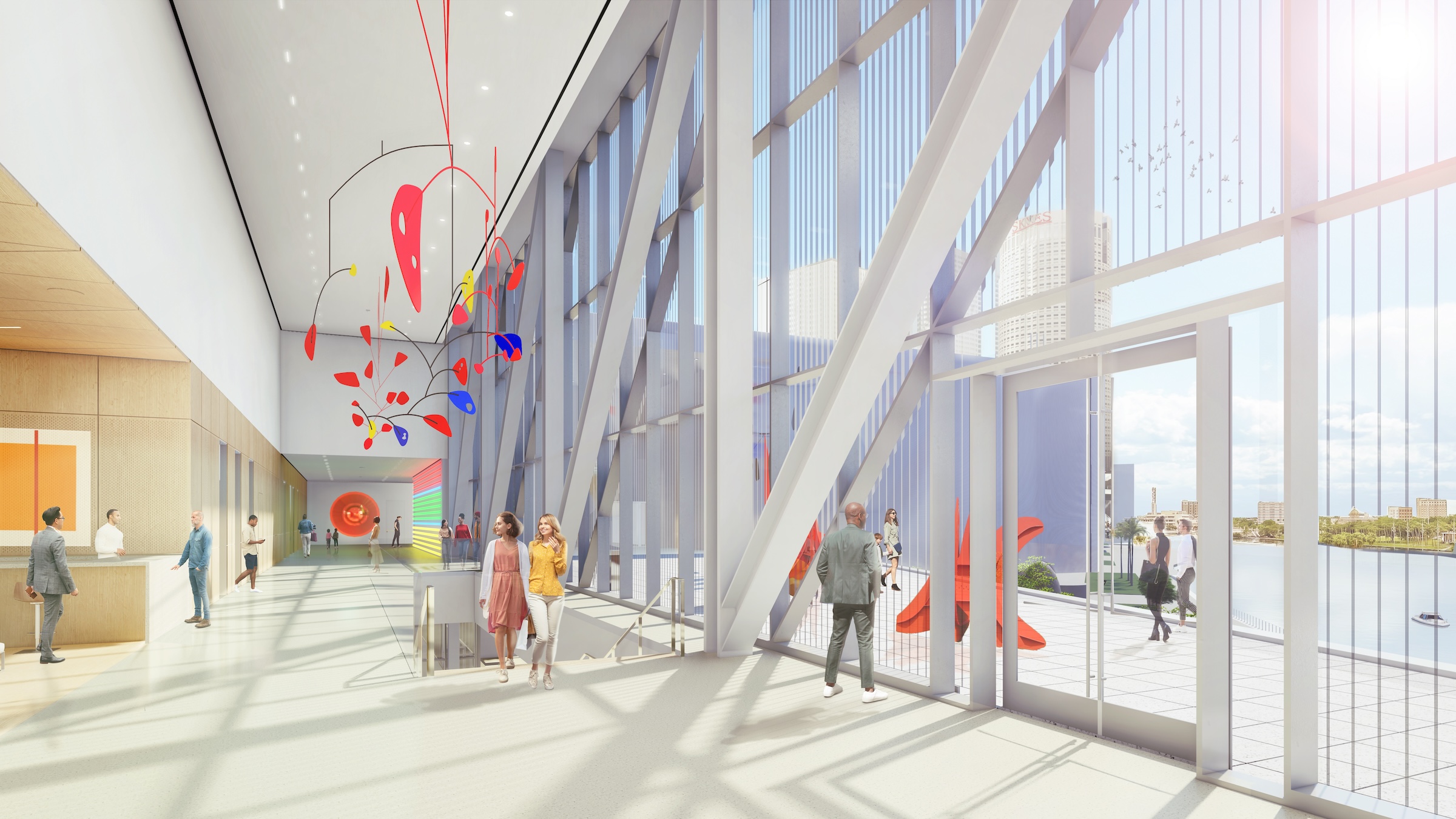
Auditorium
With exterior glazing along its West façade, the 150-seat auditorium will overlook the Hillsborough River, providing an inside-outside visual connection that defines the space. Equipped with a green room, sprung floor, projectors, AV system, and theatrical lighting, a range of events can be accommodated here: lectures, recitals, film screenings and multimedia performances. The space will be lined with acoustic wood panels and acoustically isolated from the event space above. A pre-function foyer space will serve as a flexible space on the mezzanine level before and after events.
Flexible Event Space and Digital Exhibition Wall
The large event space features a panoramic view of downtown Tampa, the University of Tampa, the Hillsborough River, and the Straz Center. With a 30-foot-tall ceiling equipped with a flexible AV and lighting system, it can host a myriad of exhibition and event configurations, transforming from a flexible digital gallery space to a private event space that can accommodate a seated dinner for 500 people and a dance floor. The adjacent catering kitchen will service the space when used for private events.
Sculpture Terrace
The new sculpture terrace will connect the existing Sullivan Terrace and the expansion’s second floor. The design will allow sculptures on display to be visible day and night from the Riverwalk and provide a connecting bridge to the new exhibition and event spaces.
Rooftop Spaces
On the fourth-floor rooftop, the interior space will house a flexible bar and accommodate a 100-person gathering, while the adjacent sculpture terrace provides a canopy with a circular oculus for various programming. A demonstration/test kitchen will be incorporated into the interior rooftop space where the Museum will add culinary arts classes to its educational programs.
Sustainability
The new building footprint significantly increases the Museum’s ability to go beyond its strategic plan of offering more exhibition and education programming to the community. All the new additional programable spaces add many more opportunities for income-generation activities into the institution’s business model through an increase in services and retail offerings to additional yearly visitors. With the new business model for the reconfigured space, the Museum will meet, and in some cases exceed, national averages of support and revenue, establishing Tampa’s cultural legacy for generations to come.
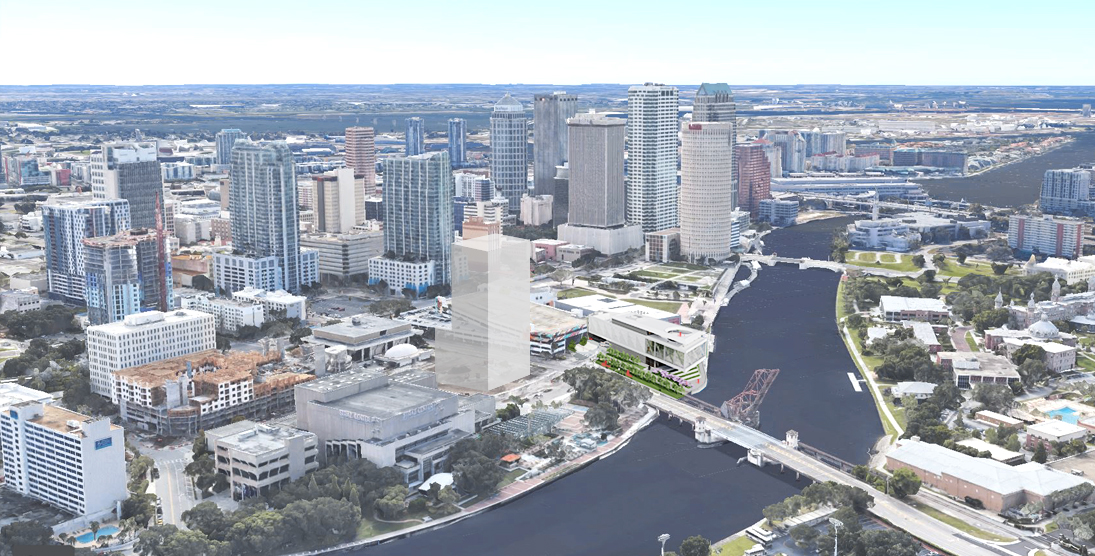
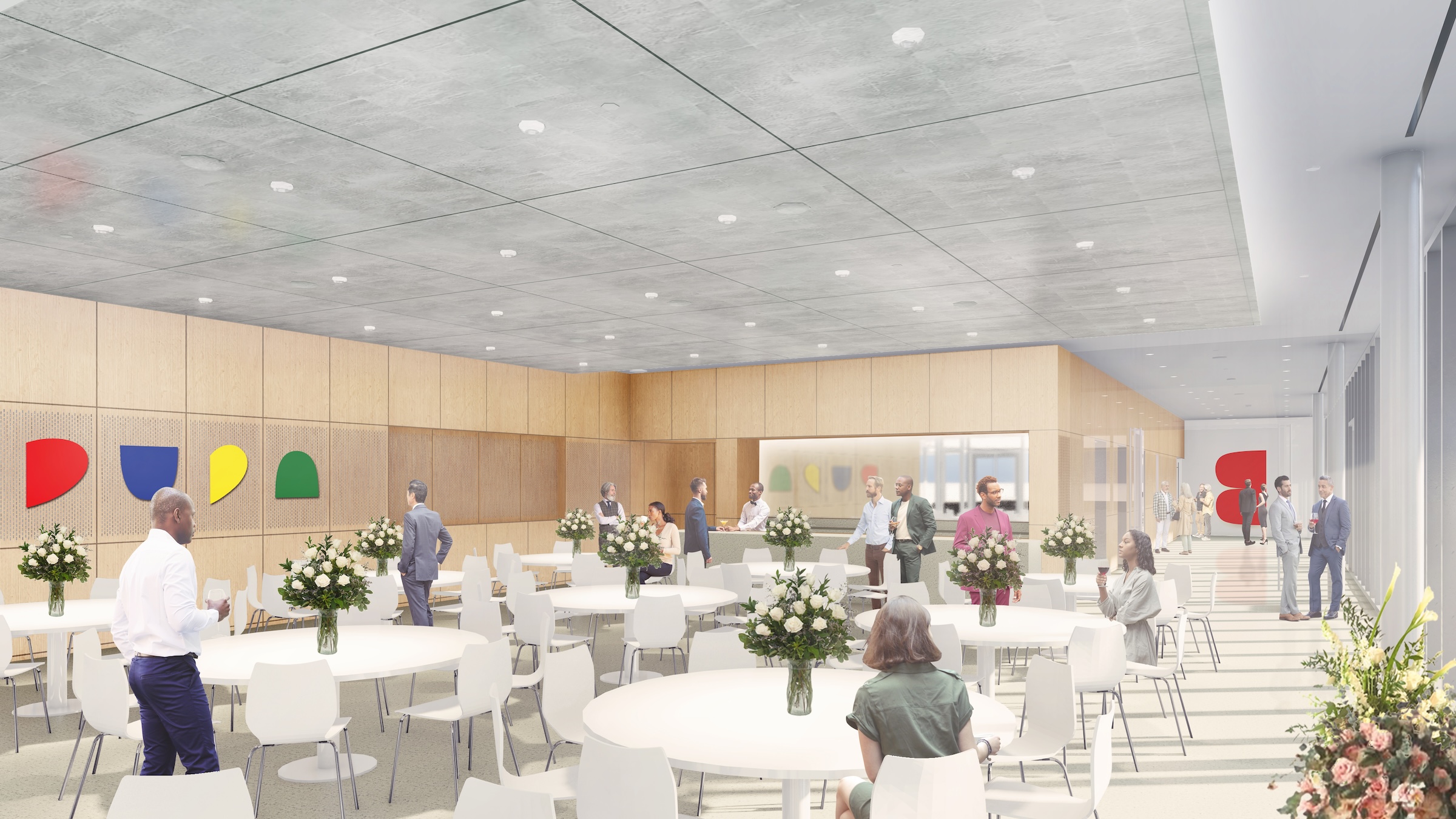
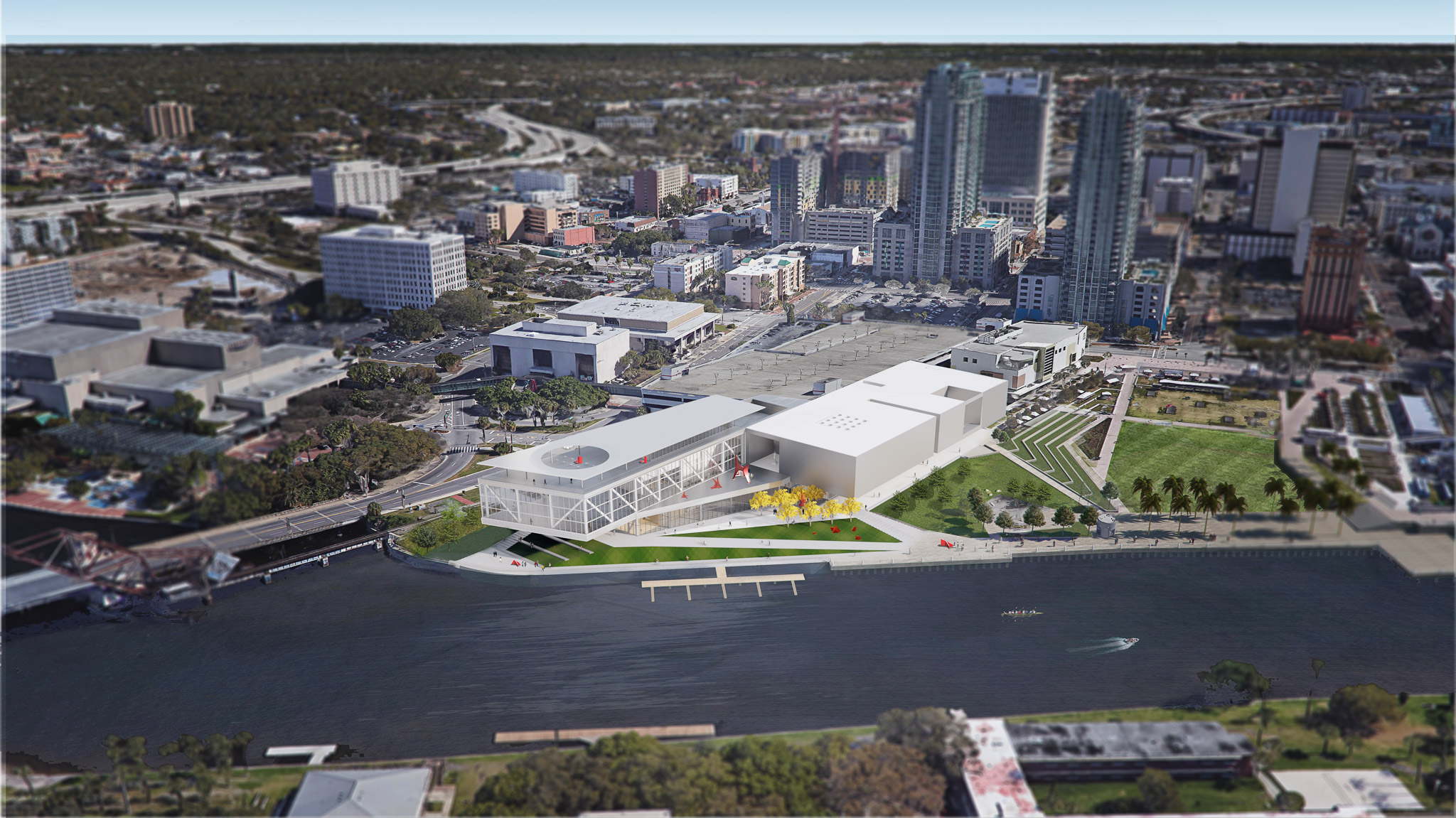
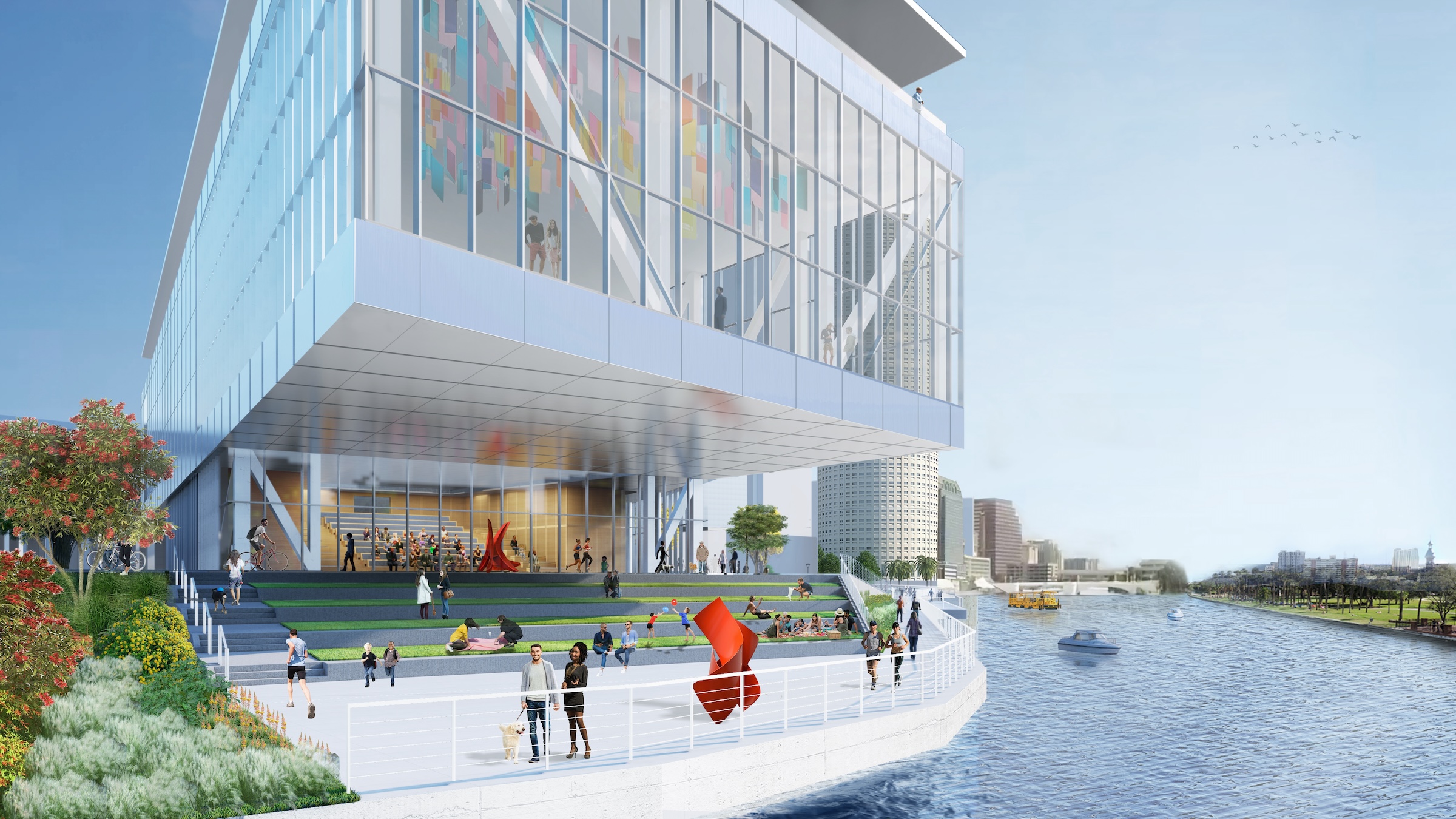
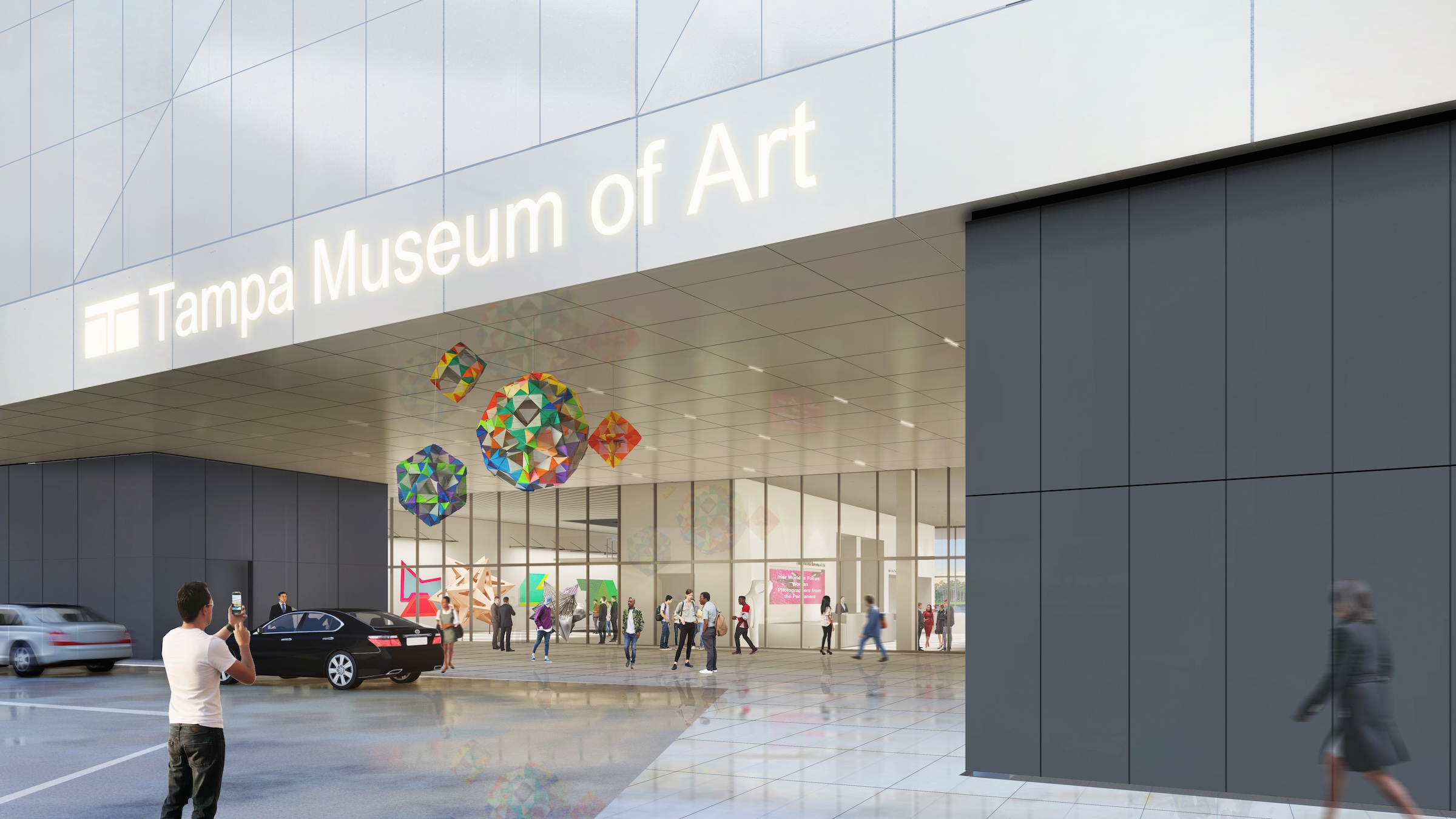
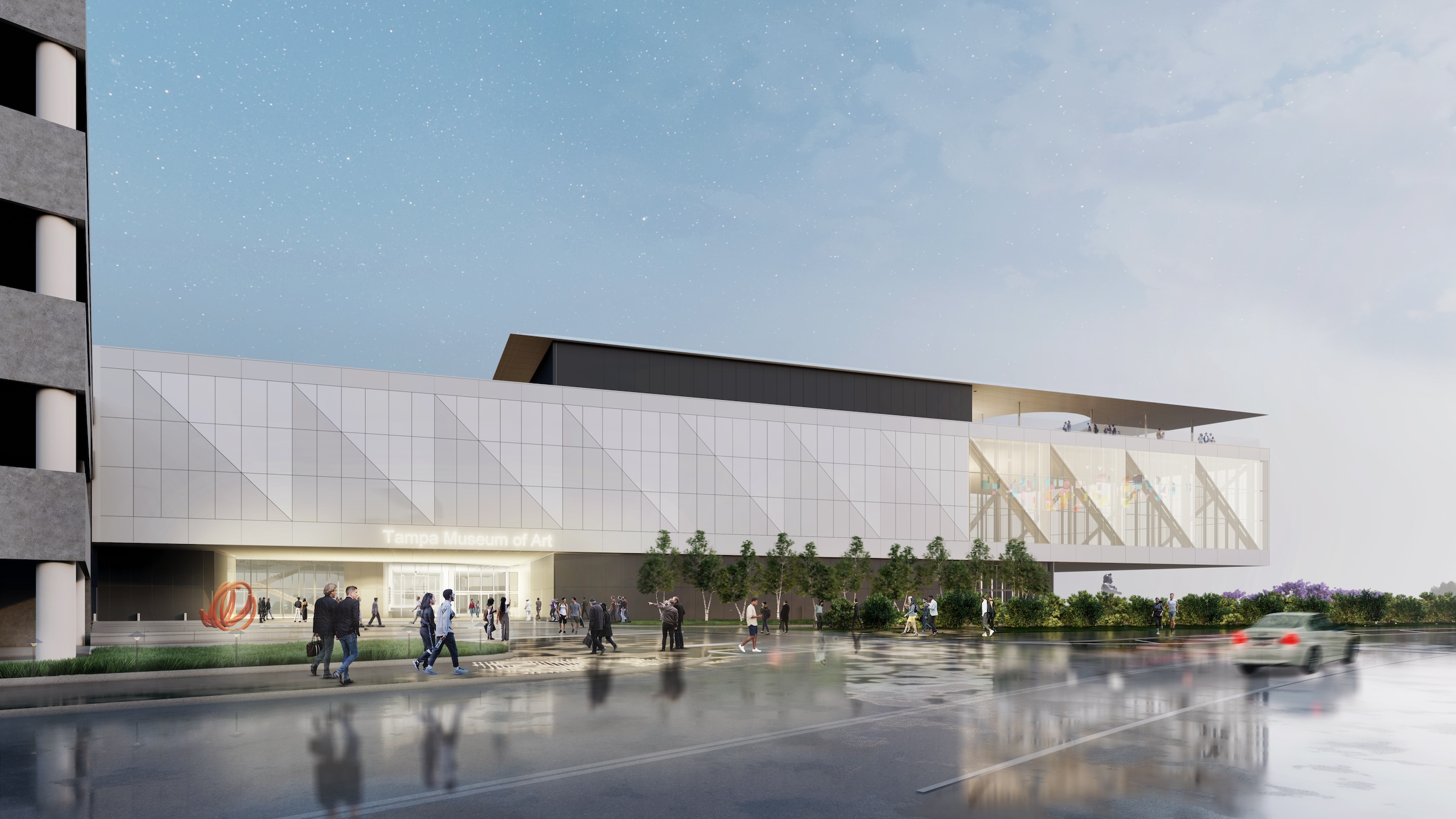
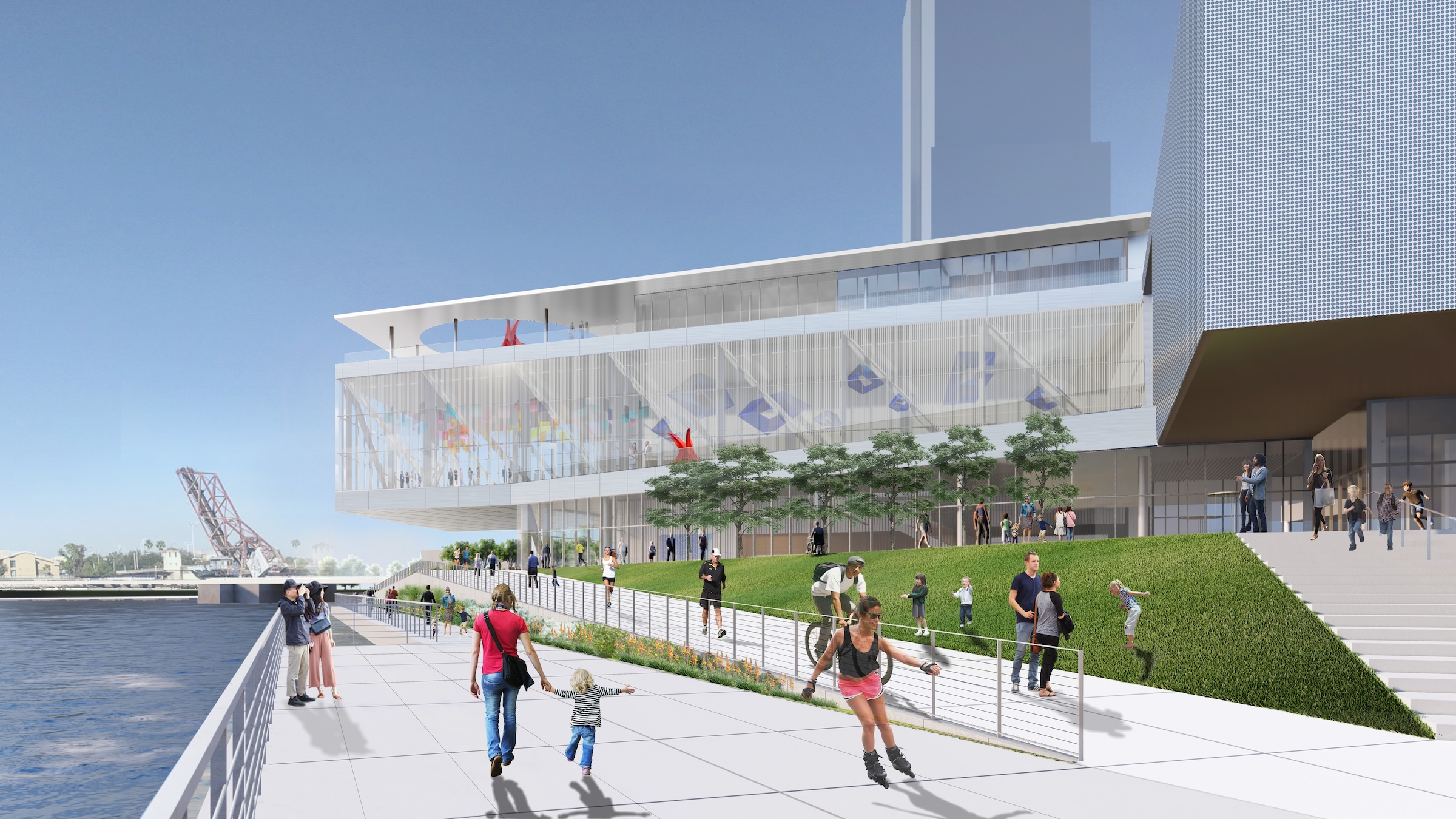
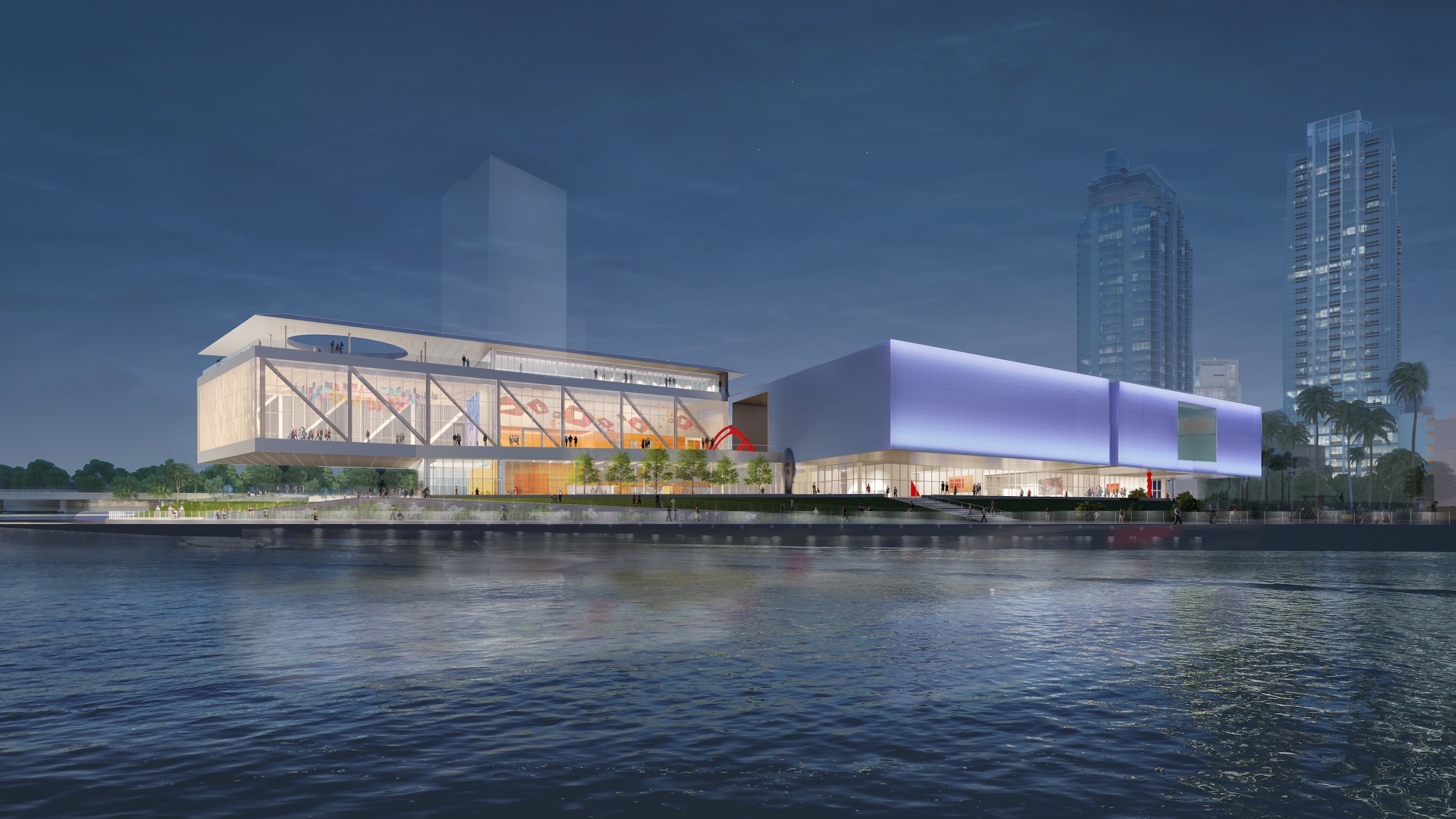
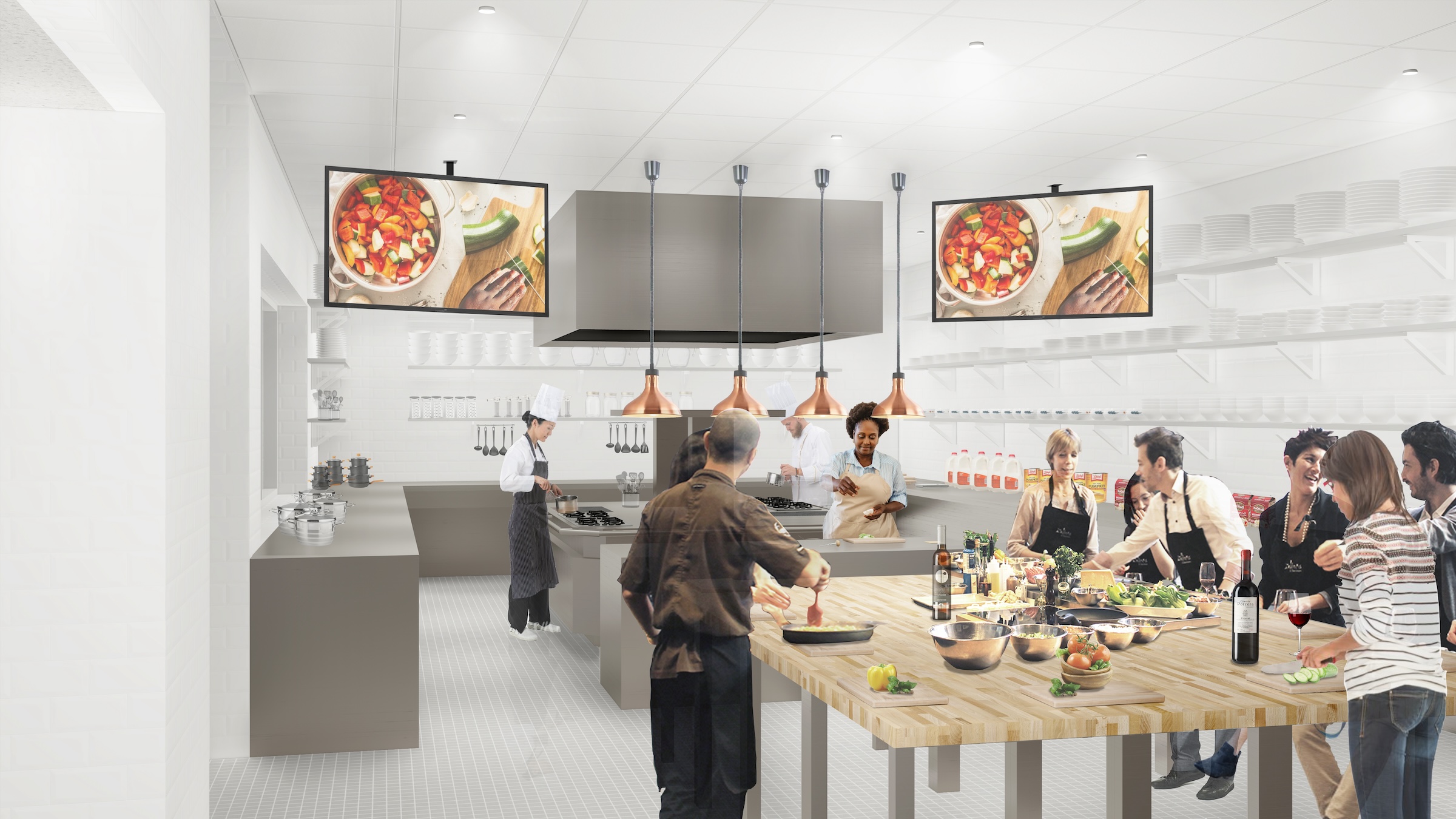
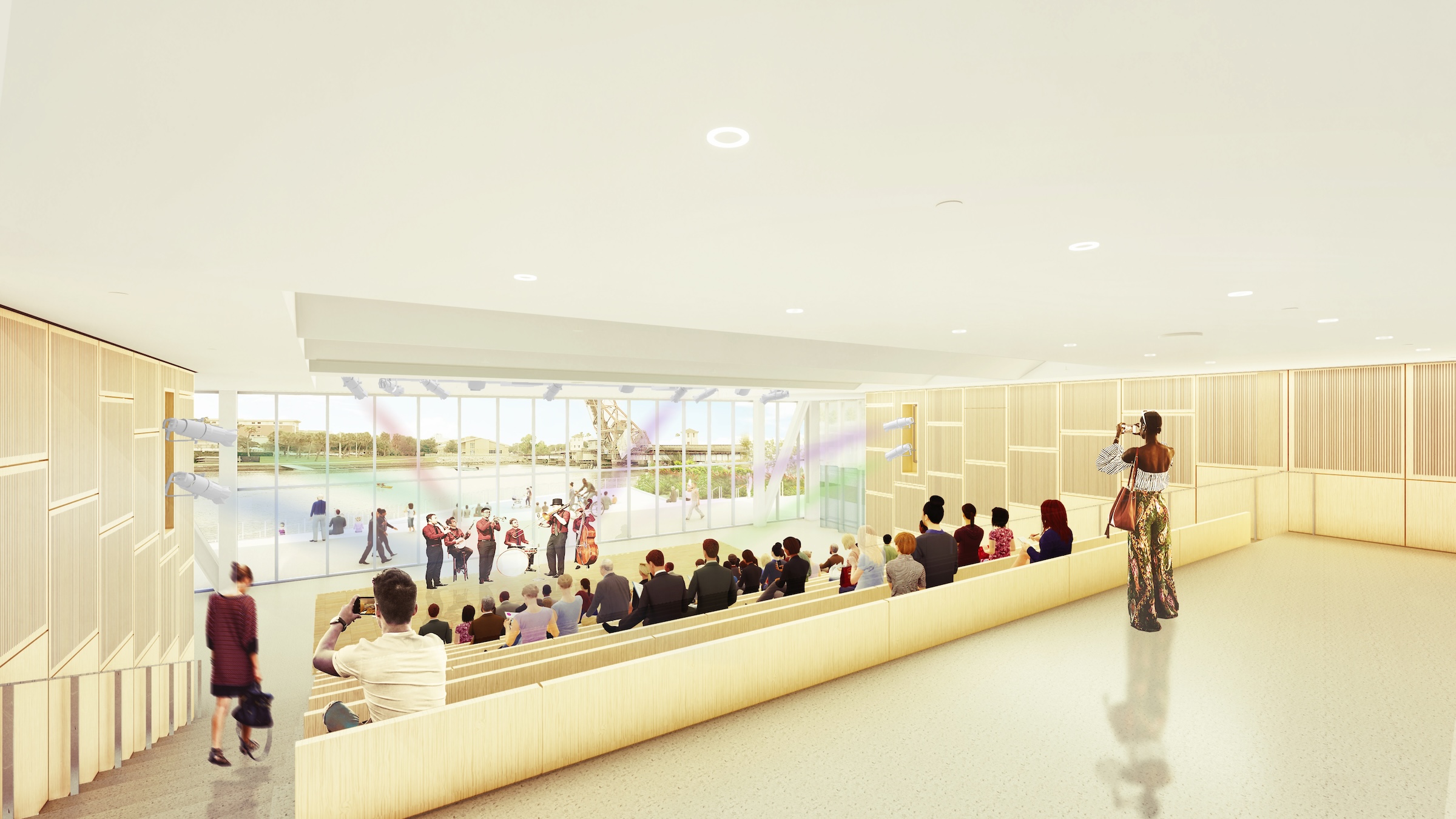
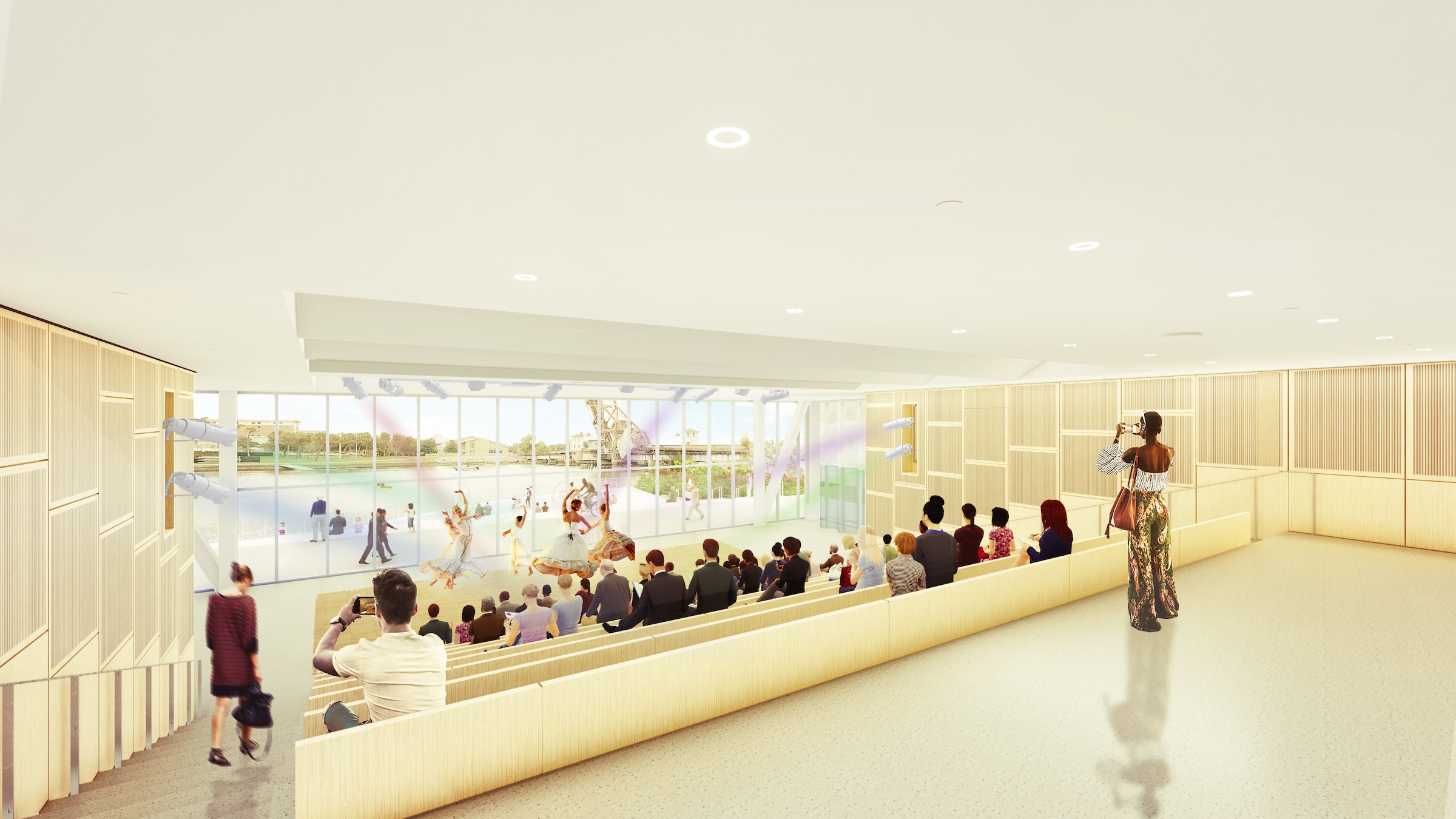
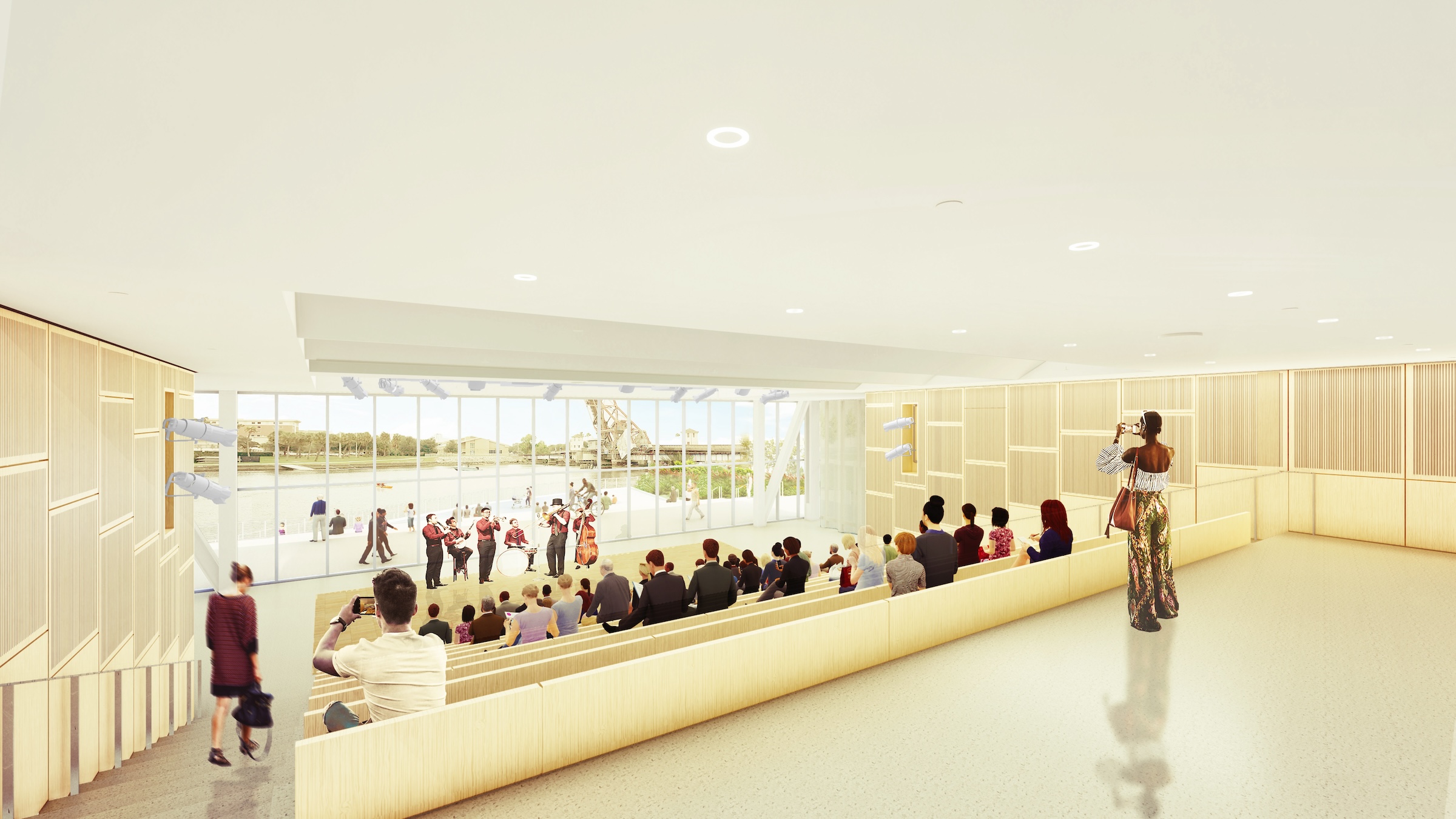
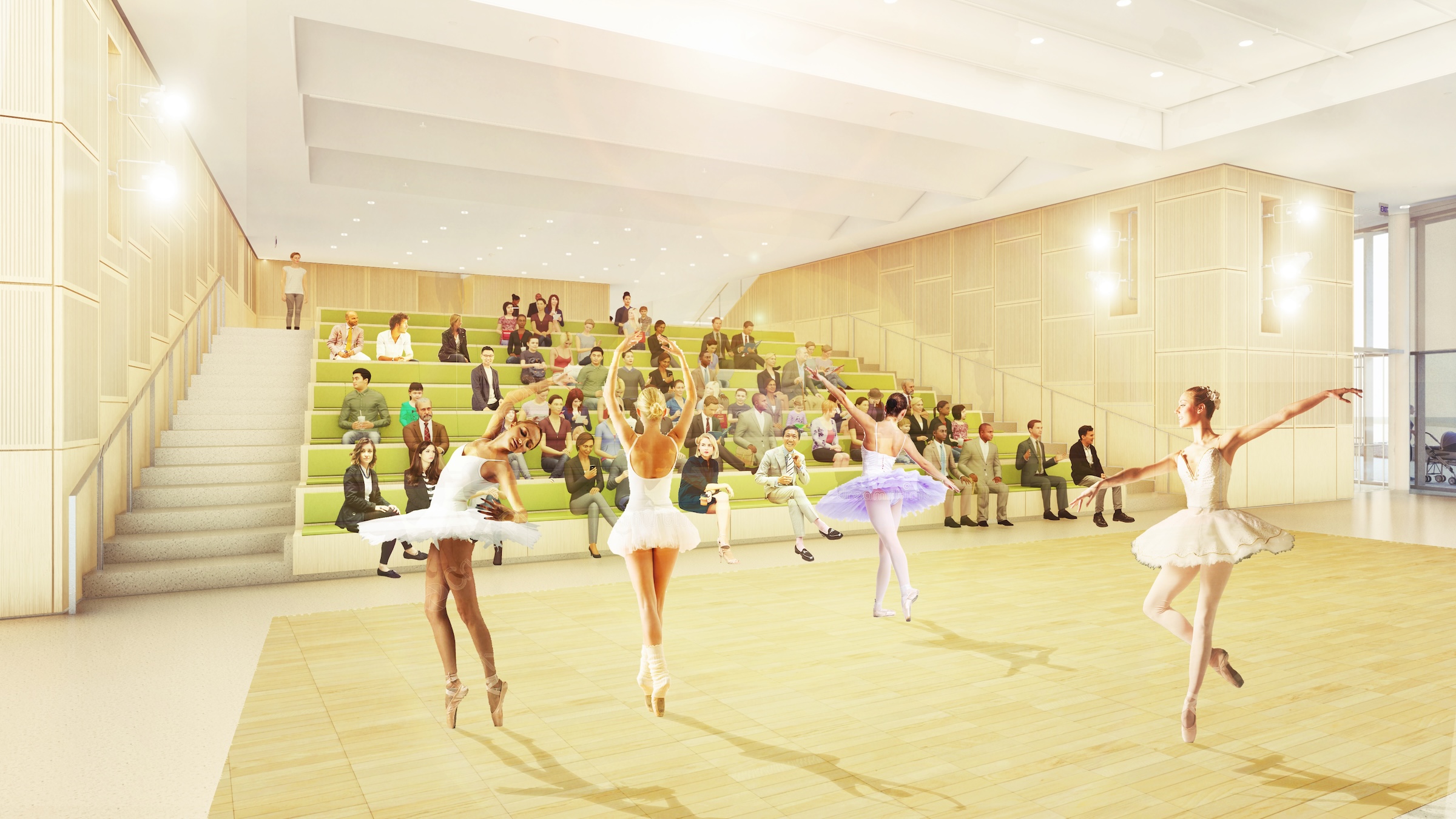
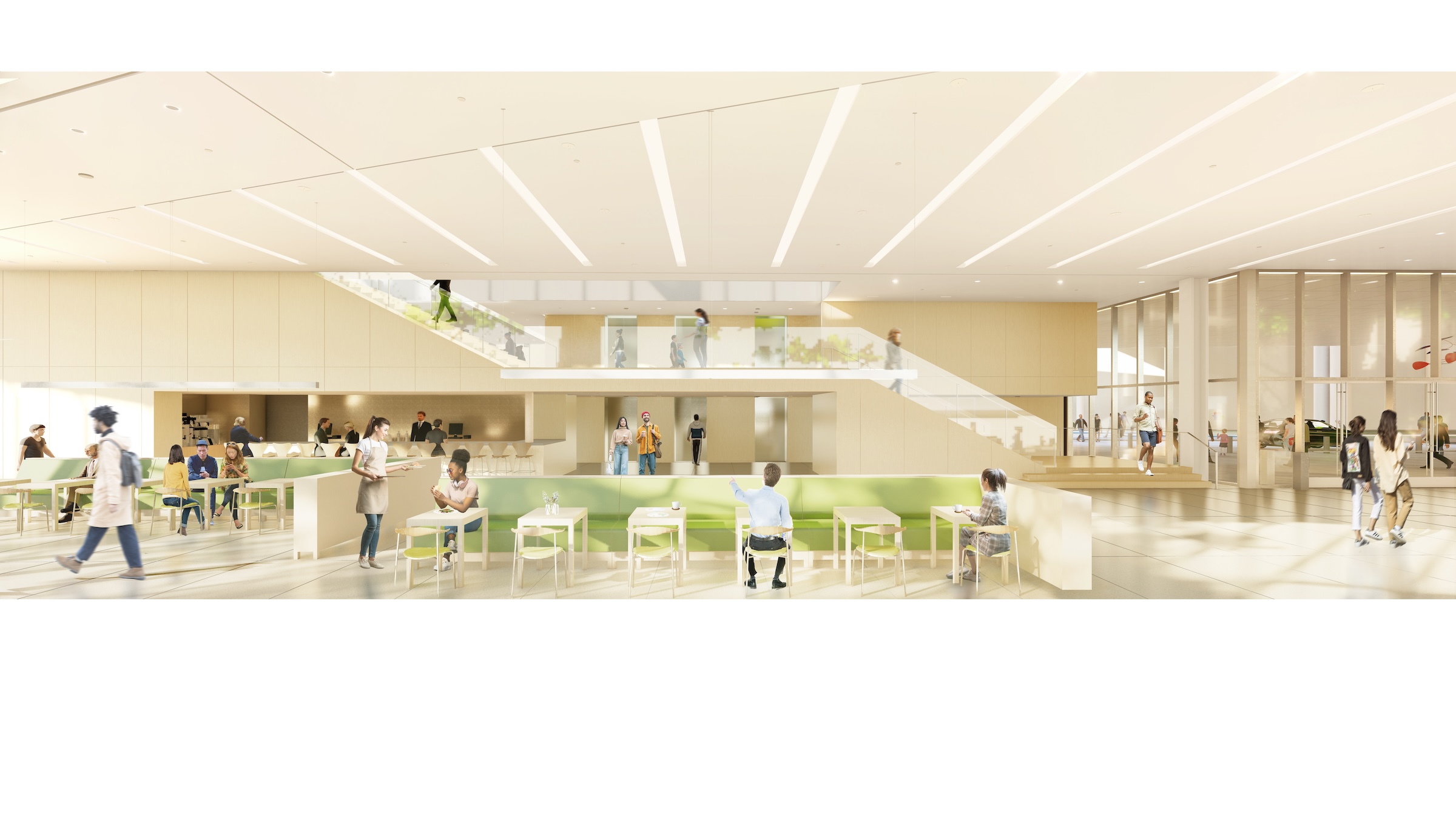

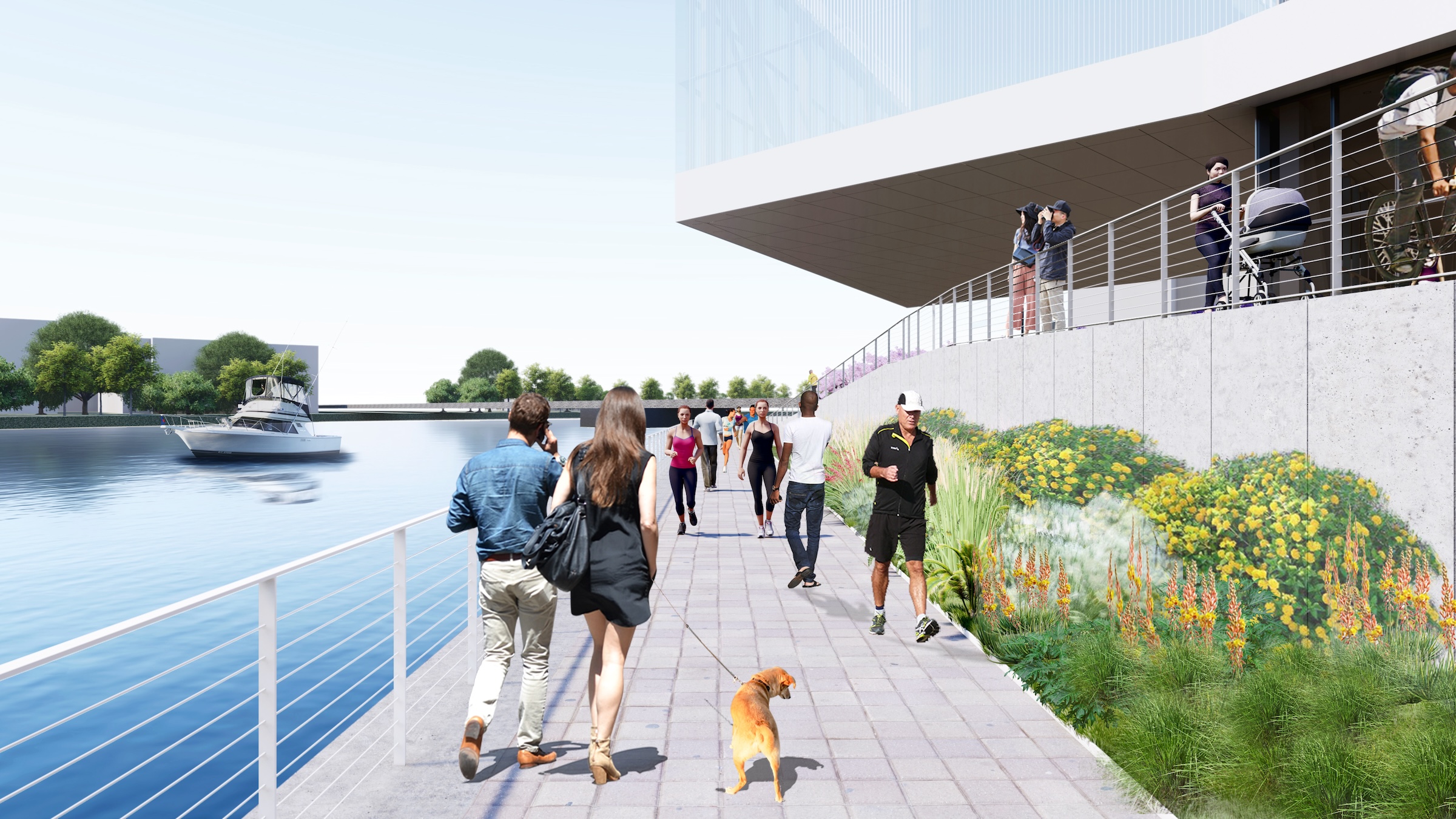

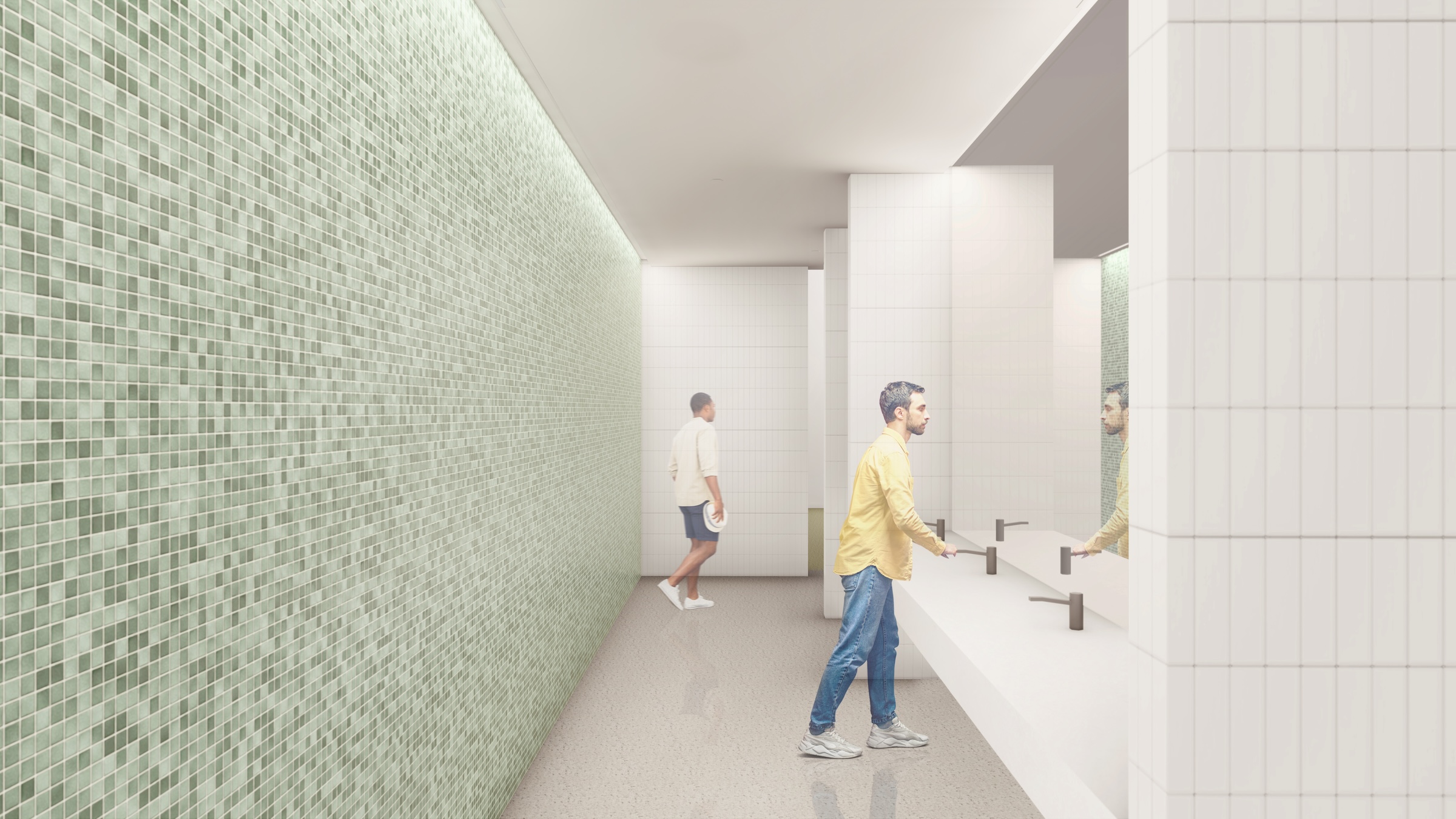


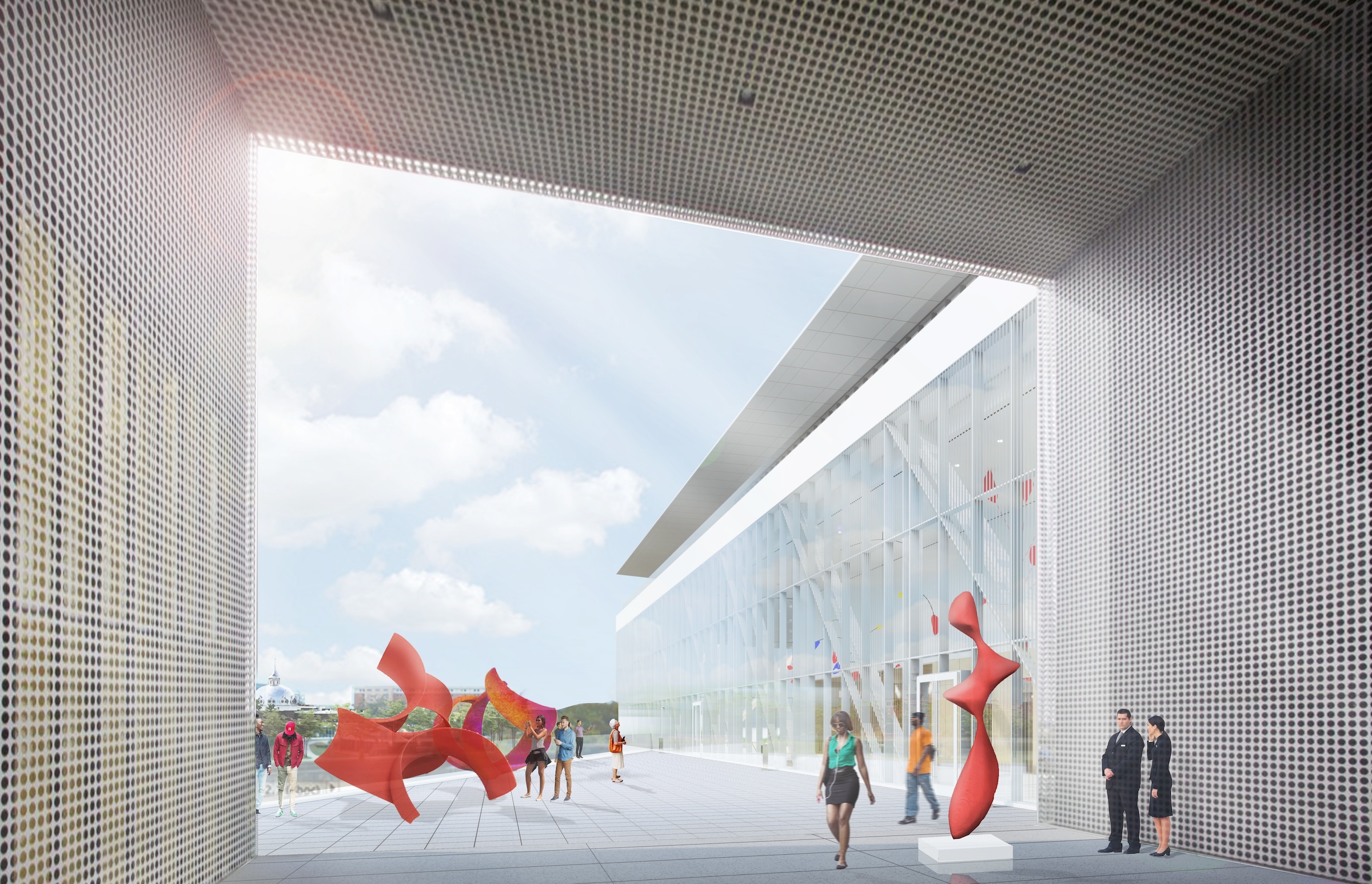
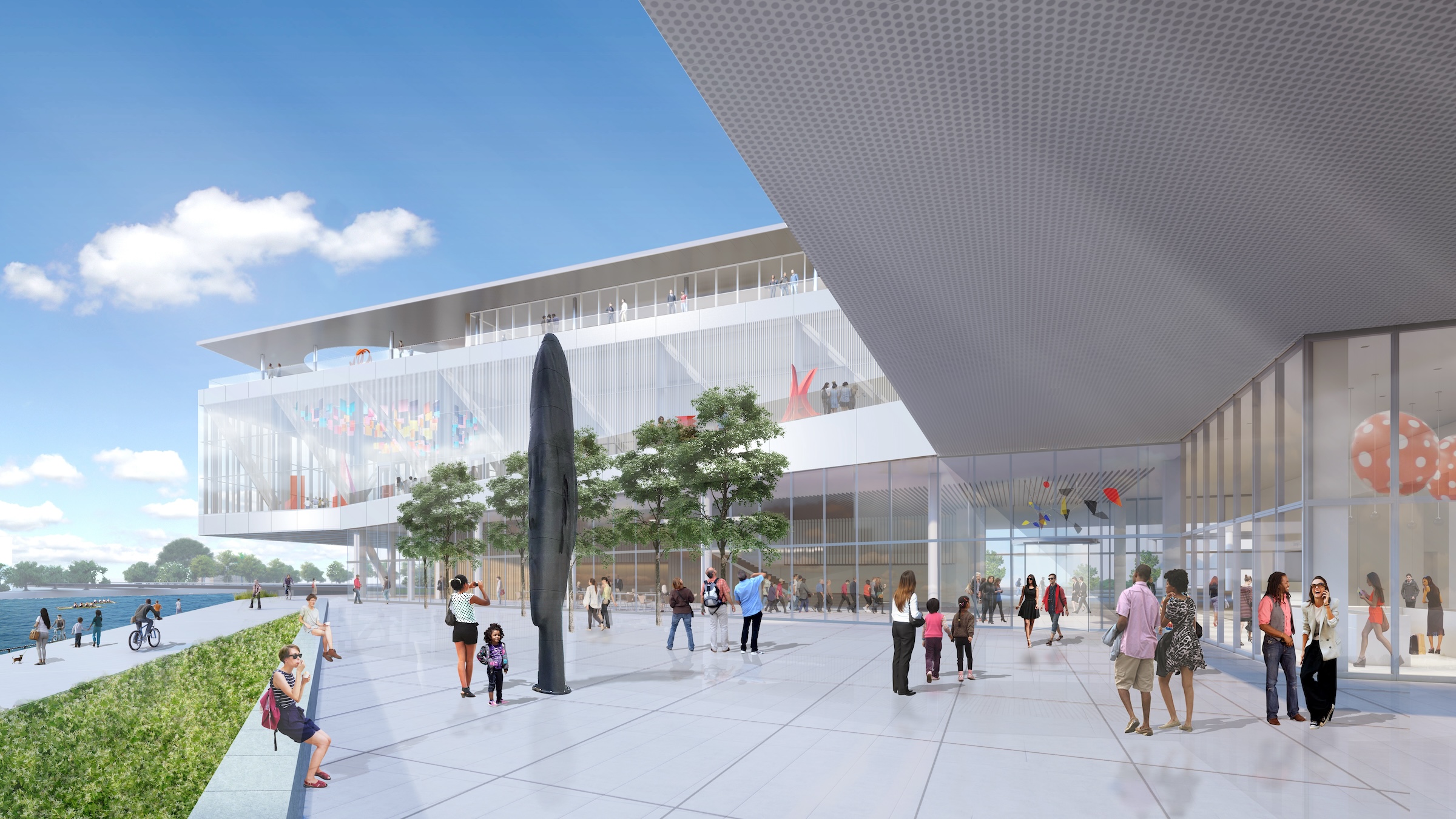
Related Stories
| Jan 28, 2014
Big Ten Conference opens swanky HQ and museum [slideshow]
The new mixed-use headquarters includes a museum, broadcast studios, conference facilities, office spaces, and, oh yeah, a Brazilian steakhouse.
| Jan 13, 2014
Custom exterior fabricator A. Zahner unveils free façade design software for architects
The web-based tool uses the company's factory floor like "a massive rapid prototype machine,” allowing designers to manipulate designs on the fly based on cost and other factors, according to CEO/President Bill Zahner.
| Jan 11, 2014
Getting to net-zero energy with brick masonry construction [AIA course]
When targeting net-zero energy performance, AEC professionals are advised to tackle energy demand first. This AIA course covers brick masonry's role in reducing energy consumption in buildings.
| Dec 30, 2013
Calatrava facing legal action from his home town over crumbling cultural complex
Officials with the city of Valencia, Spain, are blaming Santiago Calatrava for the rapid deterioration of buildings within its City of Arts and Sciences complex.
| Dec 19, 2013
Mastering the art of crowd control and visitor flow in interpretive facilities
To say that visitor facility planning and design is challenging is an understatement. There are many factors that determine the success of a facility. Unfortunately, visitor flow, the way people move and how the facility accommodates those movements, isn’t always specifically considered.
| Dec 13, 2013
Safe and sound: 10 solutions for fire and life safety
From a dual fire-CO detector to an aspiration-sensing fire alarm, BD+C editors present a roundup of new fire and life safety products and technologies.
| Dec 10, 2013
16 great solutions for architects, engineers, and contractors
From a crowd-funded smart shovel to a why-didn’t-someone-do-this-sooner scheme for managing traffic in public restrooms, these ideas are noteworthy for creative problem-solving. Here are some of the most intriguing innovations the BD+C community has brought to our attention this year.
| Nov 27, 2013
BIG's 'oil and vinegar' design wins competition for the Museum of the Human Body [slideshow]
The winning submission by Bjarke Ingels Group (BIG) and A+ Architecture mixes urban pavement and parkland in a flowing, organic plan, like oil and vinegar, explains Bjarke Ingels.
| Nov 27, 2013
Wonder walls: 13 choices for the building envelope
BD+C editors present a roundup of the latest technologies and applications in exterior wall systems, from a tapered metal wall installation in Oklahoma to a textured precast concrete solution in North Carolina.
| Nov 26, 2013
Construction costs rise for 22nd straight month in November
Construction costs in North America rose for the 22nd consecutive month in November as labor costs continued to increase, amid growing industry concern over the tight availability of skilled workers.


